In our previous post, we have learned that De Winton’s golden moles have been put on the list by 2006 ICUN report as critically endangered. That means, they have possibly gone to extinction already since no single species have been seen for 50 years despite thorough environmental review.
An endangered species is different from those which are already extinct. A state of extinction is when no single member of the species could be found anywhere on Earth; endangered species, on the other hand, faces a high risk of extinction—i.e., if the conditions that contribute to their being endangered will not improve, there is a very high possibility that their species will eventually be wiped out.
Knowing all these, let us dig deeper into the current state of other critically endangered species in South Africa, the riverine rabbit. Degraded habitats are the common denominator of endangered species, and riverine rabbits have the same problem.
Go through the list and know the other reasons why these endemic rabbits of South Africa face a high risk of possible extinction:
- You can address riverine rabbits with their scientific name Bunolagus monticularis or their common name “bushman rabbit” or “bushman hare”.
- Know other nocturnal animals aside from owls? Well, riverine rabbits are also nocturnal! It means they are active only at night.
- You will be surprised to know that riverine rabbits are the only digging rabbits of South Africa.
- For riverine rabbits, their poops are better called as “droppings”. In fact, they have two kinds of droppings: hard pellets are produced at night, while in the morning, they have soft ones—which they suck directly from the anus in order to re-obtain vitamin B, calcium, and phosphorus!
- They run slower than other rabbits in South Africa, that is why to escape from predators that may outrun them, they depend highly on their defense mechanism—camouflaging.
- One unique characteristic of riverine rabbits is that they are the only South African rabbits that dig burrows for breeding. They keep their baby rabbits in there to be safe from predators.
- The gestation period of a pregnant female riverine rabbit ranges from 36-35 days.
- Aside from being nocturnal, like the golden moles, riverine rabbits are also solitary.
- The birth season for riverine rabbits are from the month of August through May.
- The burrows dug by mothers for their young is commonly made up of furs and grasses.
- What is your favorite food? Bushman hares love eating boegoe bush—a South African plant.
- In case you accidentally see a riverine rabbit, their distinguishing marks includes a black stripe that runs from the corner of their mouths over their cheeks and a distinctive white ring around each eye.
- Newborn riverine rabbits are altricial. This state is the exact opposite of precocial. Offsprings born in altricial state are born underdeveloped. Precocial newborns, on the other hand, are born rather advanced and could immediately feed themselves.
- These rabbits can also be kind of heavy. Males weigh up to 1.5 kilograms; females, on the other hand, are heavier, weighing up to 1.8 kilograms.
- Riverine rabbits have names, too! You can call a male one, buck, while the female, doe.
- Let us talk about life span. Female riverine rabbits can only live up to three years.
- They are polygamous in nature! But despite of this fact, their population really goes up slow.
- Bushman hares are also K-strategists. One female riverine rabbit can only produce one to two offsprings per year. However, two offsprings in a year is a rare occasion.
- There is some issue about the appearance, disappearance and the reappearance of riverine rabbits throughout the history. They were first seen in 1902 and known by scientists, but they suddenly disappeared in 1948, and resurfaced only in 1979.
- Riverine rabbits are critically endangered for their total living population is estimated to be only around the range of 200-250 individuals.
- Ever wonder why riverine rabbits are also endemic in South Africa? Because they are only confined in the Central Karoo Desert, Western Cape and nowhere else in the world!
- Extensive efforts are being done to preserve these rabbits because aside from being one of the most endangered species, they also belong to rarest animals in the world. They are the only members of the family Bunolagus.
- Other factors that threaten the decreasing population of riverine rabbits are hunting and road accidents. They are also commonly attacked by stray dogs, and together with the growing lumber industry, this also contributes to their population’s sad decline.
- In order to protect the progressing decreasing population of riverine rabbits, the main step to make is to conserve their habitats. These activities are the total opposites of the threats to their habitats.
- The habitat loss and alteration of these hares are related to river degradation, overgrazing and land cultivation. These affect riverine rabbits to a great degree for there are burrowing animals.
- Most of the habitats of riverine rabbits are found in farm lands—the alluvial flood plains of seasons rivers in Central Karoo. However, overgrazing in these areas lead to the opening up of covers riverine rabbits need in order to survive.
- One of the evidences of the riverine rabbit’s limited suitable habitat is their diet: 90% of what they eat is composed only of shrubs found in the Karoo.
- Riverine rabbits are most commonly found in privately-owned farms, that is why their conservation is highly dependent on the compliance of the farmers to the riverine rabbits awareness program instituted in the farms of Central Karoo.
- Construction of drams often dries up the rivers and… wait for it… this has an effect on the riverine rabbit population, too!
- With regards to saving the population of riverine rabbit, one nine-year-old girl from Kuilen Primary in Kuils River put up a fundraising event for the rabbits. Her name was Emily van der Merwe.
Having two consecutive posts about endangered animals, it is startling to know that a number of species are really on the very of extinction while you read this article. Extinction may be a part of the phenomenon called evolution, but the problem with the kind of extinction recent species have undergone are not brought about by natural occurrences (e.g., Cretaceous-Paleogene extinction event that wiped out most dinosaurs on earth 65 million years ago), but by human doings and errors. Since majority of the habitat loss of endangered animals is due to human alternations, it is only expected that remedies be brought about by human action as well.
Krissy Tilla-in writes about these endangered species, in hopes of lessening the ill deposition of these animals. Because of Fly First’s services in South Africa for flight bookings, she gets the chance to know more about these hapless wildlife. Help save the endangered. Help Mother Nature’s fauna.

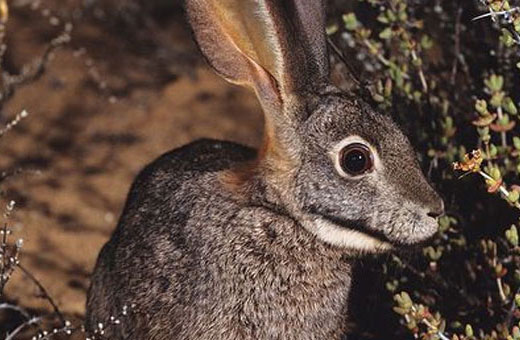
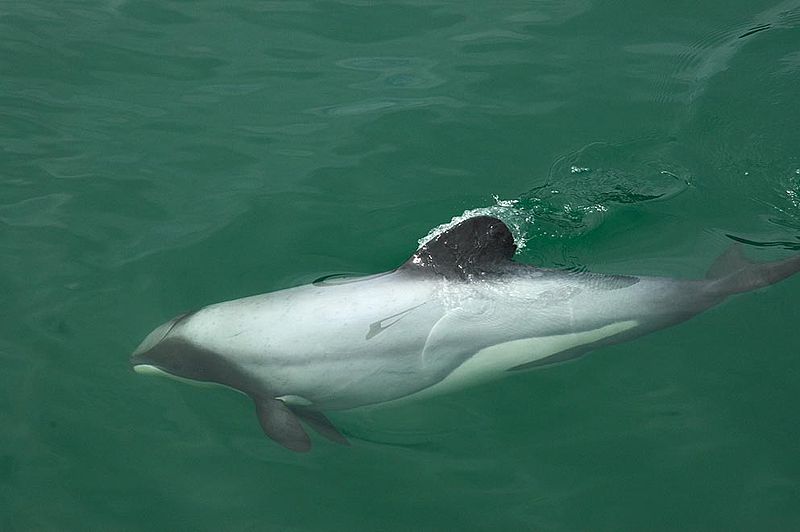
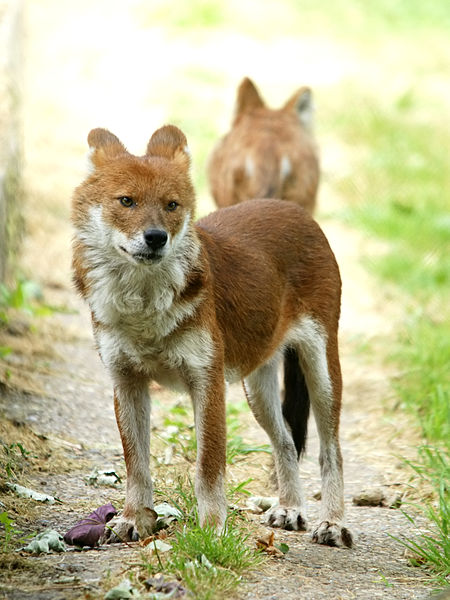
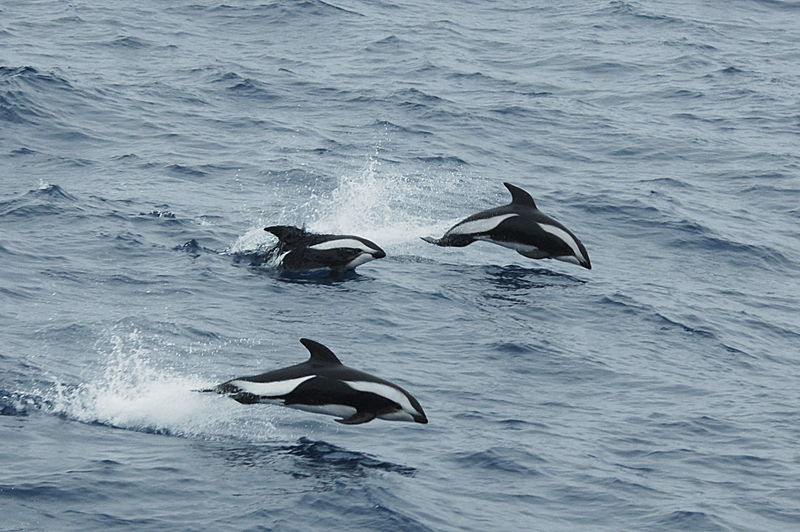
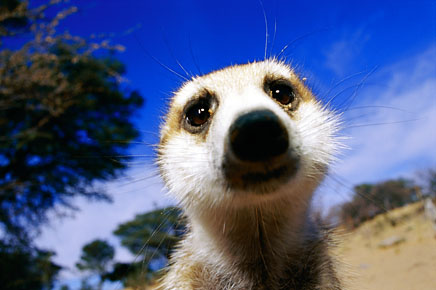
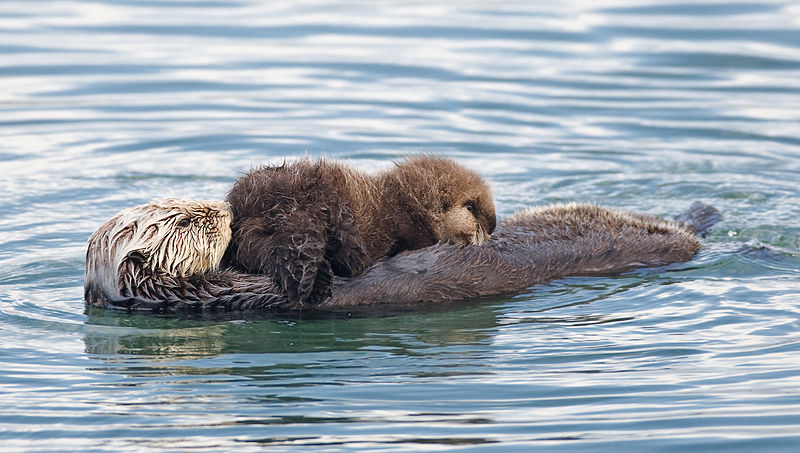
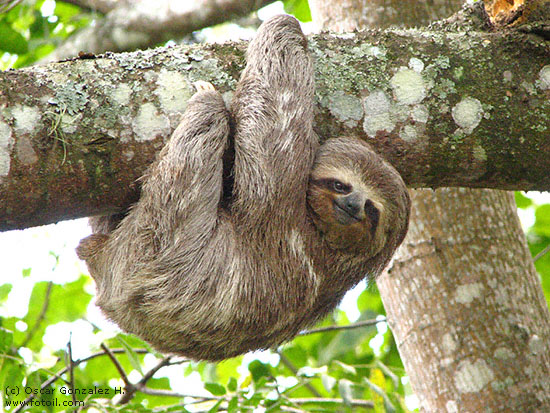
I have been reading your website about animal facts all evening.. keep up the GREAT work and please keep educating me :D!
i really like this wedsite. i love how all ages can get on. 🙂